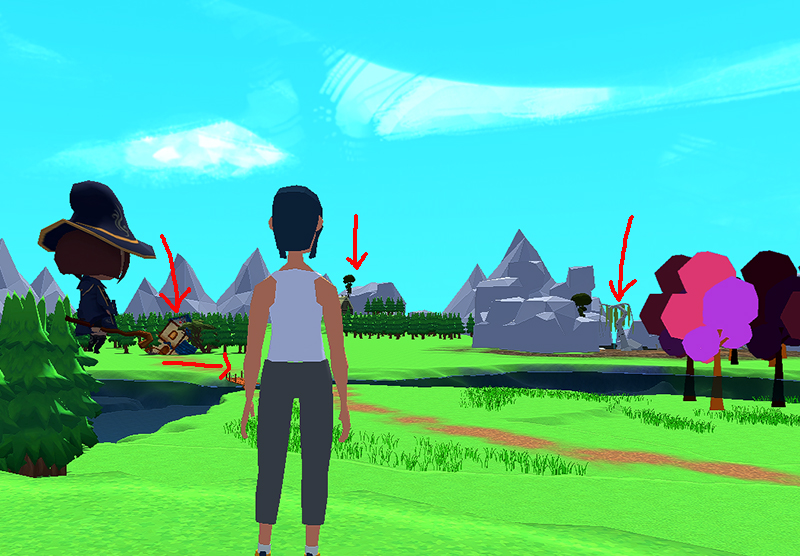My main tasks were:
- Define the game's concept, main idea and main mechanics based on the jam's theme.
- Design the level layout
- Implement via C# code and in-Engine integration all the mechanics in Unity 3D
- Compile and publish the result.
The game's main concept is to achieve reconnection with your inner child. This needs to be represented in a clear way to show the strong contrast.

I organized a brainstorming session with my closest family members to get a lot of ideas for the main mechanics.
Our brainstorming session focused on finding the differences between the outlook a child has and the adult vision of things.
We went back to our own childhood when a little garden could become a huge Kingdom using our imagination.
Putting this concept together with the gray vision a sad person has of the World, the basic mechanic became switching between a colorful world and a gray one.
The colorful vision could only be seen when the "inner child" was connected with the adult character.
A child's world would include:

The game's setting is the main character's grandma's house, with a huge terrain full of mysterious places, food for any kid's imagination.
Having no prior practical experience designing levels, it was time to use the skills I've been reading about in level design articles and The Game Design Den's Discord Server.
The main goals for this mission were:
I added landmarks that had to be visible and somewhat attractive even in the adult's point of view. I also encouraged the visit to the first landmark via dialogues.

Dialogue is a key aspect of the game.
Continuing with the "first time trying something" streak, I tried my first dialogue writing with two goals in mind:
I made sure I included some of my own kind of jokes and some fairly ridiculous situations to lighten up the mood.
It was also important to include both ways of reacting to the somewhat supernatural events happening: acceptance and reticence.
After the Jam was finished, we faced another challenge regarding the localization and realized some of the design decisions could have considered the eventual translation of the texts in order to make this process easier.

